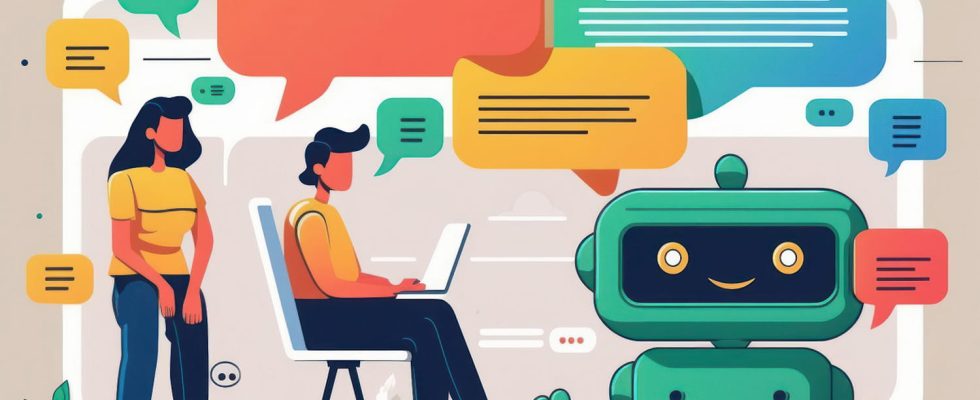Will ChatGPT find its place in school? For the start of the school year, OpenAI has published a guide for teachers to help them use its chatbot in the classroom, between an educational assistant and a learning partner. A good idea ?
ChatGPT is not very popular with teachers, to say the least! Many see it as a cheating tool, through which students submit homework that they did not write themselves. HAS When it was released, AI was banned in many establishments, including Sciences Po and New York University. Since then, several tools have been developed to be able to detect – with more or less success – fraud and texts written by AI, without being 100% reliable (see our guide). But, like it or not, technology exists, and it is impossible to ban it – especially at school: the more it is banned, the more attractive it is! So, you might as well try to take full advantage of it! At the end of August, OpenAI published a guide for teachers, explaining to them how they can use technology in the classroom. Enough to start the school year off on the right foot!
ChatGPT at school: a real educational virtual assistant?
Entitled “Teaching with AI”, the document explains how to best use ChatGPT to simplify your teaching tasks. OpenAI explains how some teachers are using the chatbot to develop quizzes and exams, and provides examples of prompts – the written “commands” to submit to the AI – to use to create lesson plans, personalized according to the level of knowledge of the students, the subject covered, the format it takes and the quality of the expected answers. To obtain the best possible results, OpenAI advises teachers to enter their entire program for the year and to clearly specify to the AI its expectations regarding the desired level of knowledge of students at the end of the year .
Teachers are also encouraged to use ChatGPT as a sort of virtual classroom assistant and engage with it. For example, they can use it as a tutor, helping students understand what it is about by providing them with explanations, examples and analogies, all adapted to their level of learning and knowledge. AI can also be used to train students to hold a conversation in English or prepare for a job interview, for example.
Be careful, you should not trust ChatGPT with your eyes closed, because like any self-respecting generative AI, the sculpin can hallucinate, that is to say, produce false information with confidence. Also, in its FAQOpenAI makes it clear that its suggestions “are just a starting point”. “You are the expert and are responsible for the content”, insists the company. Please also remember that the AI is not intended for children under 13, and that students aged between 13 and 18 must obtain the consent of their parents before being able to use it.
